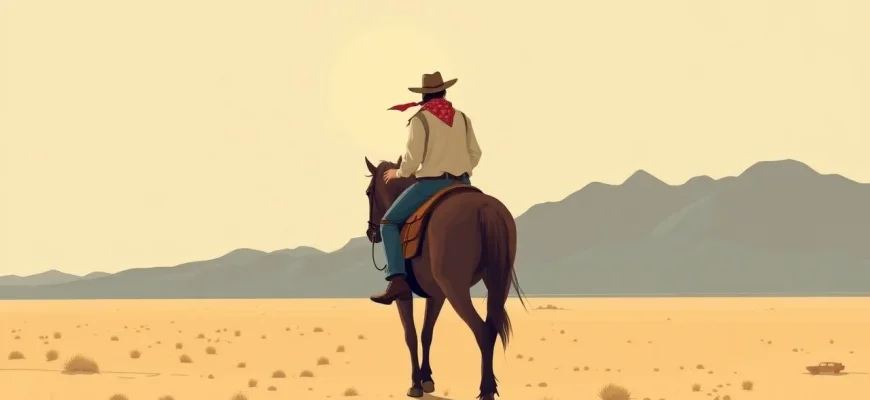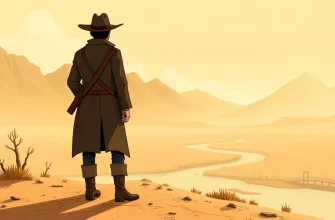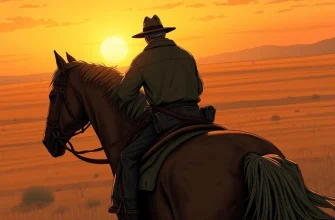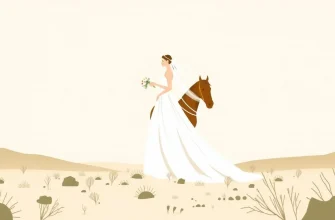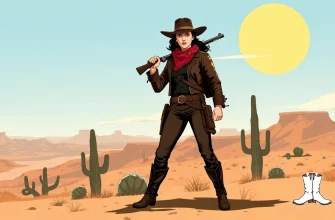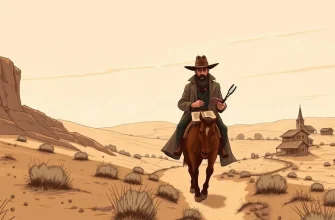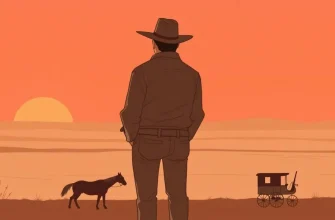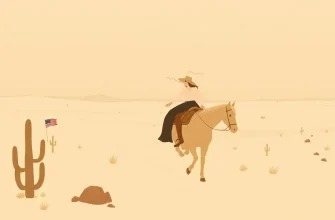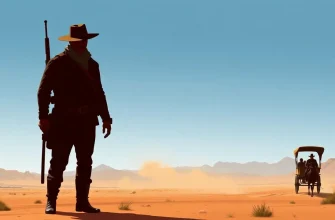The fusion of the Wild West with the free-spirited, countercultural movement of the 1960s and 1970s creates a unique cinematic experience. This collection of films showcases how the hippie ethos of peace, love, and freedom intertwines with the rugged individualism of the Western genre, offering viewers a blend of adventure, introspection, and cultural commentary. These movies not only entertain but also provide a glimpse into the social changes of their time, making them valuable for both film enthusiasts and those interested in cultural history.

Easy Rider (1969)
Description: While not a traditional Western, "Easy Rider" captures the essence of the hippie movement with its iconic road trip across America, blending elements of the Western genre through its themes of freedom, rebellion, and the American landscape.
Fact: The film was one of the first to bring the hippie counterculture to mainstream audiences, and its soundtrack became a cultural phenomenon.
 Watch Now
Watch Now 
The Ballad of Cable Hogue (1970)
Description: Sam Peckinpah's film tells the story of a man who finds water in the desert, symbolizing the search for personal freedom and the hippie movement's connection to nature.
Fact: The film was one of Peckinpah's more optimistic works, contrasting with his usual violent themes.
 Watch Now
Watch Now 
The Last Movie (1971)
Description: Directed by Dennis Hopper, this experimental film explores the making of a Western movie in Peru, reflecting the hippie movement's disillusionment with Hollywood and traditional narratives.
Fact: The film was a commercial failure but has since been re-evaluated as a cult classic.
 Watch Now
Watch Now 
McCabe & Mrs. Miller (1971)
Description: Robert Altman's film explores the clash between the old West and the new, with characters that reflect the disillusionment and idealism of the hippie era.
Fact: The film's use of Leonard Cohen's music adds a layer of melancholy and introspection to the Western setting.
 Watch Now
Watch Now 
The Legend of Nigger Charley (1972)
Description: This Blaxploitation Western features a freed slave who becomes a Western hero, embodying the hippie ethos of breaking free from societal constraints.
Fact: The film was followed by two sequels, making it a notable series in the Blaxploitation genre.
 Watch Now
Watch Now 
The Life and Times of Judge Roy Bean (1972)
Description: This film, directed by John Huston, features Paul Newman as the legendary Judge Roy Bean, whose lawless justice and eccentric lifestyle resonate with the hippie rejection of conventional authority.
Fact: The film includes cameos by many famous actors, including Ava Gardner and Stacy Keach.
 Watch Now
Watch Now 
The Hired Hand (1971)
Description: Peter Fonda stars in this film about a man returning home after years of wandering, embodying the hippie ethos of searching for meaning and peace amidst the backdrop of the West.
Fact: The film was restored and re-released in 2001, gaining new appreciation for its visual style and thematic depth.
 30 Days Free
30 Days Free 
The Culpepper Cattle Co. (1972)
Description: This film follows a young man's journey on a cattle drive, capturing the spirit of adventure and the search for identity, themes resonant with the hippie generation.
Fact: The movie was shot on location in New Mexico, providing an authentic Western backdrop.
 30 Days Free
30 Days Free 
The Great Northfield, Minnesota Raid (1972)
Description: This film recounts the story of the James-Younger Gang's last robbery, with a focus on the outlaws' camaraderie and the societal changes around them, mirroring the hippie movement's ideals.
Fact: The film was one of the first to portray the James-Younger Gang in a more sympathetic light.
 30 Days Free
30 Days Free 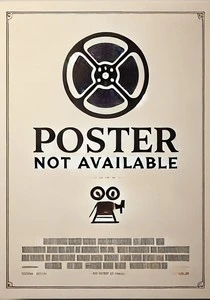
Zachariah (1971)
Description: Often dubbed the "first electric Western," "Zachariah" follows two friends who become outlaws in a psychedelic Wild West, reflecting the hippie lifestyle through its music and narrative.
Fact: The film features music by the likes of The James Gang and Country Joe and the Fish, making it a unique blend of rock and Western.
 30 Days Free
30 Days Free 
